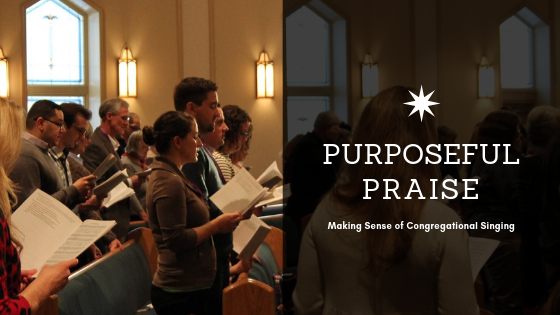The God of Abraham Praise: Our March Doxology
Fittingly, our hymn “The God of Abraham Praise” was inspired by a Jewish doxology. Tradition holds that Methodist preacher Thomas Olivers attended a service at the Great Synagogue of London at some point in 1770, where he heard the celebrated singer Meyer Lyon leading the congregation in the Yigdal prayer. Lyon generously shared his music with Olivers, who composed a hymn to it. (Here’s a video of a modern version of the Jewish hymn.)
The text of “The God of Abraham Praise” may also be loosely based on the Yigdal. Yigdal literally means “may he be magnified,” and—as you may have guessed—it’s the first word of the prayer in Hebrew. The entire prayer is a 14th century adaptation of a creed written by the philosopher Maimonides, the most significant medieval Jewish thinker.
Whether or not Olivers intended to paraphrase the Yigdal text, the lyrics of verse 6 constitute an explicitly Christian doxology. Where the Yigdal stresses only God’s unity—his “inscrutable and infinite … Oneness”—Olivers’s hymn takes care to praise our one God in three persons: “Hail, Father, Son, and Holy Ghost!”
Verse 6 also reflects the Revelation imagery of all the saints eternally praising God before his throne in heaven. Remember “Holy, Holy, Holy,” in which we join this congregation, echoing the words of the cherubim of Revelation 4:8. Verse 5 of “The God of Abraham Praise” sets up this same scene for us: “On Zion’s sacred height his kingdom [God] maintains, and glorious with his saints in light forever reigns.” So when verse 6 refers to “the whole triumphant host,” it means all believers—past, present, and future—singing together in heaven.
The second half of the verse makes this personal: “Hail, Abraham’s God and mine! I join the heavenly lays [songs] …” The same God who called Abraham out of his city to the promised land has called us to participate in his kingdom today.
This blog was written by Corrie Schwab






